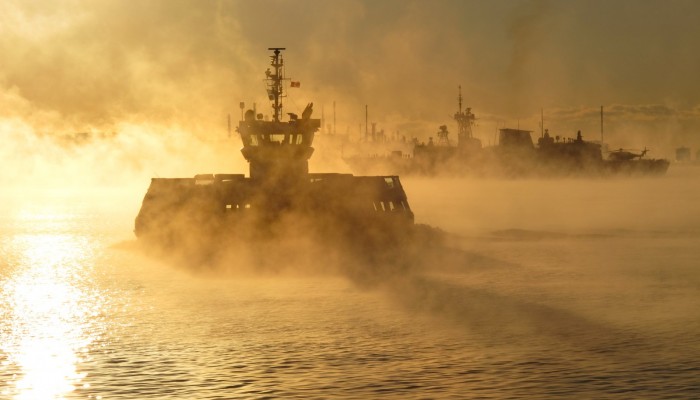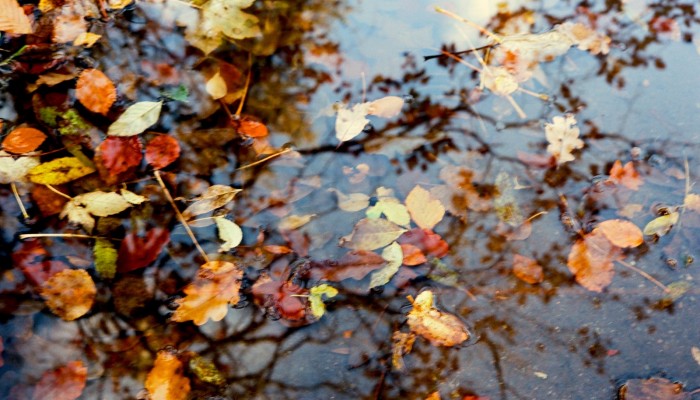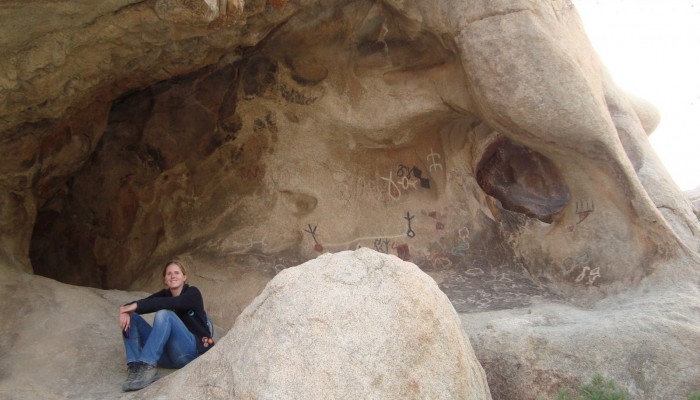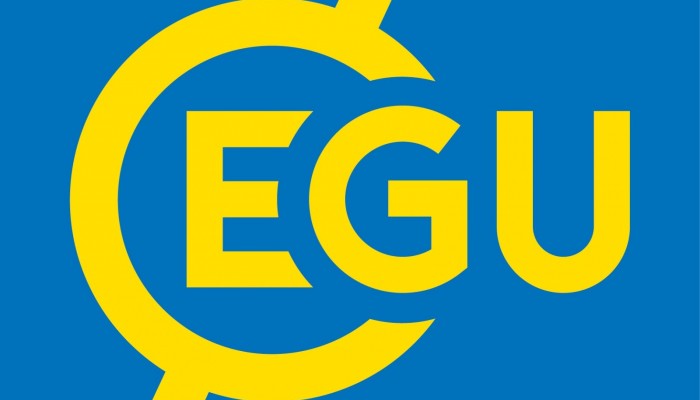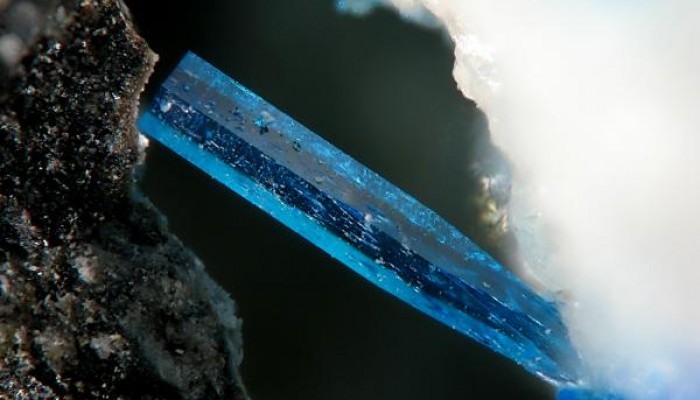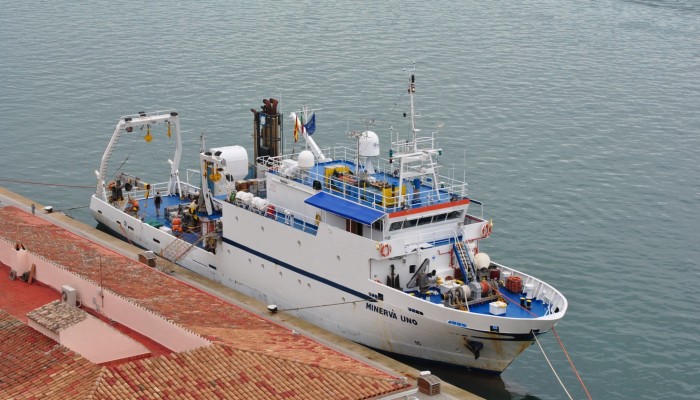The call for abstracts is now out for EGU 2016! Have a look at our exciting proposed programme in the ERE Division under the topics: ERE1 – Integrated studies ERE2 – Impact of energy and resource exploitation on the environment ERE3 – Non-carbon based energy ERE4 – Carbon based energy ERE5 – Geo-storage for a sustainable future ERE6 – Geo-materials from natural resources The abstract deadline is 1 ...[Read More]
GeoLog
Imaggeo on Mondays: Icy seasmoke
Today’s Imaggeo on Mondays image captures the eerie mood at Halifax Harbour, in Nova Scotia, Canada, on a sunny early morning. “The photograph captures rather unusual seasmoke surrounding a local commuter ferry with a number of other naval vessels in the background”, explains Helmuth Thomas, Professor at Dalhousie University (Canada) who took the snap back in February this year. Seasmoke is rather ...[Read More]
Geology for Global Development
Guest Blog: Autumn Reflections
Cecilia Reed (aka Lady Rock) is a volcano and geology enthusiast, film-maker and communicator based in London, UK. She has previously published a really interesting series of videos relating to volcanic activity, culture and the local environment in Central America. Cecilia has kindly allowed us to republish this post from her Tumblr site, introducing her latest video series and reflecting on the ...[Read More]
GeoLog
GeoTalk: Anne Pluymakers, Early Career Scientist Representative
In addition to the usual GeoTalk interviews, where we highlight the work and achievements of early career researchers, over the next few months we’ll be introducing the Division early career scientist representatives (ECS). They are responsible for ensuring that the voice of EGU ECS membership is heard. From organising short courses during the General Assembly, through to running Division Blogs an ...[Read More]
Seismology
Renewing EGU: Vote for the President and General Secretary
A message from the EGU Executive Secretary – Philippe Courtial We herewith invite you to take part in the EGU Election Autumn 2015. You have the opportunity to vote for the next EGU President and General Secretary: Jonathan Bamber (President) Mioara Mandea (President) Carlo Laj (General Secretary) Håkan Svedhem (General Secretary) All candidates, their CVs and statements, as well as your ele ...[Read More]
GeoSphere
From the GeoSphere Archives: The Wooden Wall
It is once again time to write about geology and classics and the incredibly important impact the geosciences had on the ancients and their way of life. My previous post on this topic can be found at my old blog location as the post: The Odyssey and Geology. I’ll begin by relating a story: The two fleets, the Persians the the Greeks, which was composed of the navies of all the city states, b ...[Read More]
GeoLog
Crusing the Mediterranean: a first-hand account of a month at sea – Part 3
This is the final instalment of the adventures of Simona Aracri, a PhD student at University of Southampton, and her colleagues, who spent a month aboard a research vessel, cruising the Mediterranean Sea. Simona and the team of scientists aboard the boat documented their experiences via a blog and we’ve been sharing some highlights over the past few weeks. As we wave goodbye to the research ...[Read More]
GeoLog
EGU 2016: Call-for-abstracts is now open!
From now, up until 13 January 2016, you can submit your abstract for the upcoming EGU General Assembly (EGU 2016). In addition to established scientists, PhD students and other early career researchers are welcome to submit abstracts to present their research at the conference. Further, the EGU encourages undergraduate and master students to submit abstracts on their dissertations or final-year pr ...[Read More]
GeoLog
Imaggeo on Mondays: The world’s narrowest fjord
Feast your eyes on this Scandinavia scenic shot by Sarah Connors, the EGU Policy Fellow. While visiting Norway, Sarah, took a trip along the world famous fjords and was able to snap the epic beauty of this glacier shaped landscape. To find out more about how she captured the shot and the forces of nature which formed this region, be sure to delve into today’s Imaggeo on Mondays post. The Nærøyfjor ...[Read More]
GeoLog
GeoEd: Geoscience teaching resources
Engaging students (regardless of age) during lessons can be difficult with a whole host of factors influencing their disposition to listen and learn. The same is true when carrying out public outreach and engagement activities. In both instances the key is to captivate the full attention of the audience and make the subject you are trying to teach come to life. A task often easier said than done. ...[Read More]


